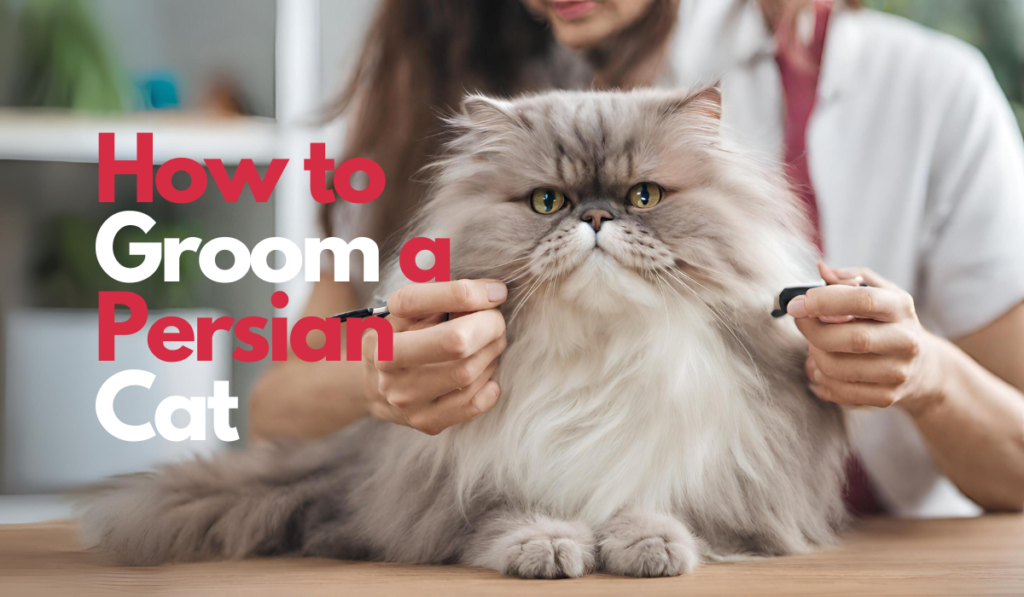Persian or oriental cats are a breed of cats well known for their long, luscious fur and gentle temperaments. The process of pregnancy in the case of a Persian cat or if you intend to breed them, be aware of the reproduction cycle and gestational period.
This article details the Persian cat’s gestation period, expected pregnancy symptoms, and the birthing cycle.
The Average Duration of Persian Cat Pregnancy:
Each Persian cat may take a slightly different gestation period (the duration for carrying kittens). An average Persian cat pregnancy takes between 63 and 68 days. Nevertheless, every cat’s birth has its uniqueness. Thus, some might produce their pups outside the mentioned period.
Signs of Pregnancy in Persian Cats:
- Changes in Behavior: Pregnant Persian cats may show increased love/affection for their owners, nesting behaviour or withdrawal. Learn more about Persian Cat behavior problems.
- Physical Changes: The changes that will occur physically in your Persian cat as the pregnancy continues could be perceived. Such manifestations may include nipple swelling and weight gain, causing a bulging abdomen.
The Stages of Persian Cat Pregnancy:
- Early Stage (Weeks 1-3): It is often challenging to see evident symptoms of a Persian cat’s pregnancy at its beginning. Nonetheless, the period is significant in growing the kittens.
- Mid-Stage (Weeks 4-6): More visible physical changes will occur from week four onward. The cat’s abdomen will initially swell up, and their teats might protrude more. This is the period for a vet consultation for a normal gestation.
- Late Stage (Weeks 7-9): Close to the delivery time, the kittens will be seen in the belly of a pregnant Persian cat, or even the kittens’ movements could be felt. A cat could also search for a hidden, warm place for nesting.
Preparing for the Birth:

- Creating a Comfortable Space: Give your Persian cat a safe, relaxed, warm environment to deliver its offspring before birth. It should have a separate room or area with a comfortable bed or nesting box installed.
- Ensuring Proper Nutrition: When you are expecting, ensure that you provide your Persian cat with a well-balanced meal. The veterinarian can also recommend a proper diet; the nutritional requirements will change with time, especially towards the end of pregnancy.
- Regular Veterinary Check-ups: Regular veterinary check-ups must be done on the mother and her offspring as they progressively develop. Your vet may advise whether your sheep require vaccinations, deworming, or preventive treatments.
The Birthing Process:

- Pre-labor Signs: Some of the most common pre-labor signs among Iranian cats include discharge, over-grooming, pickiness with food and nesting.
- Labor and Delivery: The birth period of Persian cats occurs within three stages – contractions or abdominal pain, delivering kittens and expelling out of the placenta. In most cases, a litter contains not more than ten kittens, delivered in about half an hour to one hour following the onset of contractions.
- Post-birth Care: The mother would clean each kitten after birth and cut off their umbilical cords. Therefore, monitor the mother and baby kittens closely for anything funny and ensure they are doing well in suckling.
Check this article to learn more about how many kittens can a persian cat have.
Conclusion:
Knowing the gestational time and birthing process is vital to Persian cats’ good health and survival. Recognize the signs of pregnancy, prepare a comfy birthing space, and provide good postnatal care so that your lovely Persian cat will have a seamless and beneficial delivery process.
Always consult a vet on how to ensure safety during your pregnancy.







